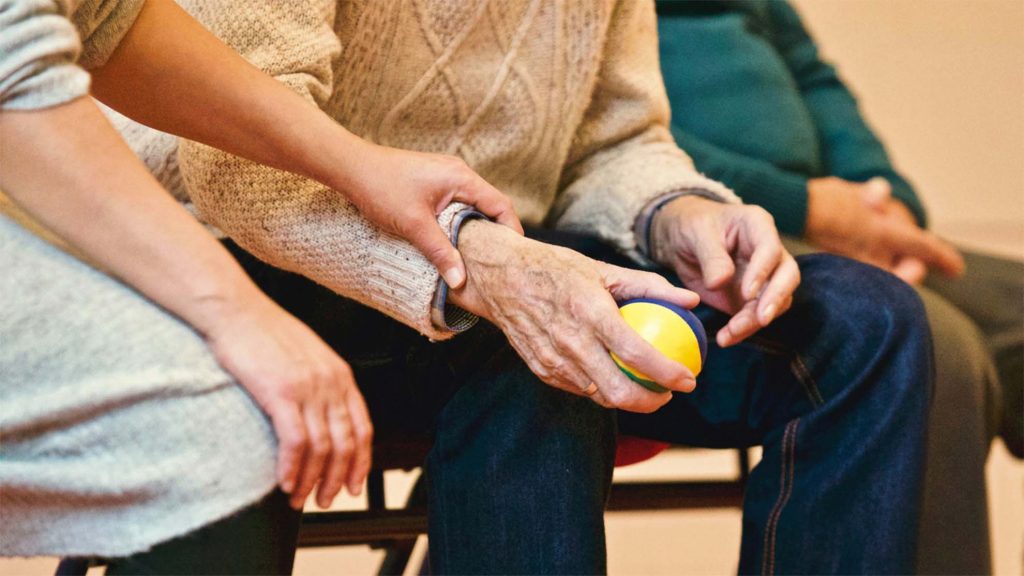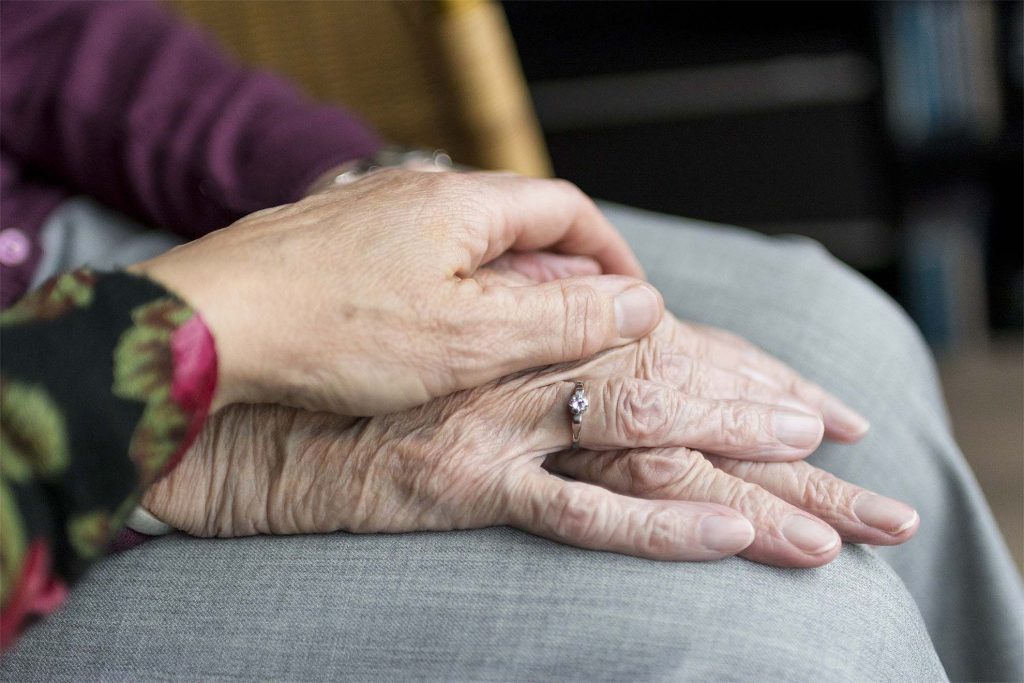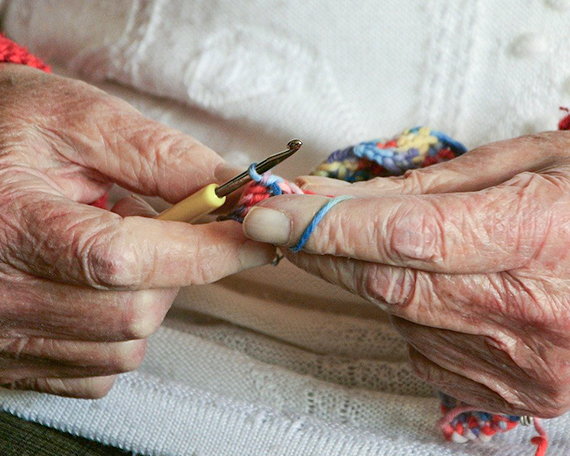What is person centred care and why should we prioritise it?

Person‑centred care places the individual, not just their medical condition, at the heart of all decisions. It’s grounded in compassion, dignity, respect and empowerment, with coordinated and personalised themes woven throughout care delivery. The Health Foundation’s framework highlights that, when done well, this approach leads to better clinical outcomes, greater patient satisfaction and can reduce excessive hospital visits. Equally important, care staff report higher morale and a deeper sense of accomplishment when they work with residents in this way.



How do care homes integrate identity and personal history into everyday care?
In practice, person‑centred care in a care home setting begins with creating a “life‑story” or “getting to know me” profile. These personal preferences, covering hobbies and routines, empower care and support staff to build meaningful connections. For example, featuring favourite music, past professions, or preferences around mealtimes helps make daily life familiar and emotionally resonant, reinforcing identity and engagement.
How can choice and autonomy shape daily routines?
Rather than following strict schedules imposed on them, residents are invited to shape their days. This might involve choosing whether to wake up early for breakfast, which meals to have or which activities to join with. Involving people in small but meaningful decisions, like tea choices or outing preferences, furthers their sense of independence. The result is increased confidence, greater ownership of daily life and positive mental health.
What role do personalised care plans and shared decision‑making play?
With person‑centred care, planning is not done to someone but with them. Regular care reviews involving residents, their families and professionals ensure plans reflect evolving personal care needs. This joined-up approach builds trust and ensures goals align with the resident’s values.
How does person‑centred care enhance wellbeing and community?
Evidence from a large UK NIHR trial in dementia care homes showed that implementing person‑centred interventions (like the WHELD model) led to measurable improvements in residents’ quality of life, reduced agitation and promoted a better staff-resident relationship. This approach nurtures emotional safety, fewer hospital readmissions and a warm, community‑driven environment.
Why is personalised communication so important in care?
Effective person‑centred care uses language and interaction that honours each resident’s personal preferences. Speaking by name, respecting privacy, listening actively and adapting communication styles, for instance, by using visual aids or tablet-based tools, build stronger emotional connections and trust and are vital in environments like dementia care.
How do care homes balance independence with safety?
Person‑centred care supports “positive risk‑taking," minimising restrictions while safeguarding wellbeing. If a resident wishes to walk in the garden or attend a community event/activity, care staff support this choice through risk assessments rather than preventing it. This balanced approach respects agency while reinforcing security.
How do families stay involved?
Families play a critical role in person‑centred care. Their insights into loved ones, enhance care planning and everyday decisions. Regular meetings, family portals and shared reviews ensure transparency, collaboration and trust, helping families feel part of the team and ensuring continuity of focus.
How is person‑centred care measured and sustained over time?
Care homes often lean on structured health frameworks like Skills for Health and CQC quality standards to ensure the model is embedded, monitored and improved over time. Continuous staff training, reflective practices and regular audits ensure that person‑centred care remains more than a buzzword, it becomes a lifestyle in the care home environment.



Why does person‑centred care matter when choosing a care home?
Choosing the best care goes beyond checking safety and facilities, true quality lies in being valued, known and heard. A genuinely person‑centred care home doesn’t just meet physical needs, it nurtures identity, autonomy and emotional wellbeing. It cultivates relationships, adapts to changing needs and involves families, creating an enriching place to live.
Person‑centred care transforms care homes into vibrant, supportive communities. With individual preferences guiding daily life, flexible routines and treasured connections at the core, homes that champion this approach deliver better outcomes for residents, families and staff alike. If you’re exploring your loved one’s care options, ask how person‑centred care is embedded in daily life and see whether it’s a living reality, not just a promise.
Would you like to arrange a care home visit, review our care‑planning approach or see how our team brings your loved one’s story and choices to life?
Get in touch and arrange your personal care home tour here.

